
Myasthenia Gravis
Latest News
Latest Videos

CME Content
More News
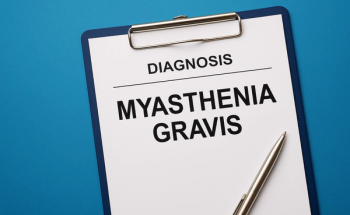
Telitacicept is a dual-targeting agent that attaches to and blocks the effects of 2 key signaling proteins, B-lymphocyte stimulator and a proliferation-inducing ligand, to treat the B-cell–mediated autoimmune disease, generalized myasthenia gravis.

Marla Black Morgan, MD, looks to the future of research in both myasthenia gravis and rare neurological disorders by expanding data collection and identifying areas of potential difference in patient outcomes.
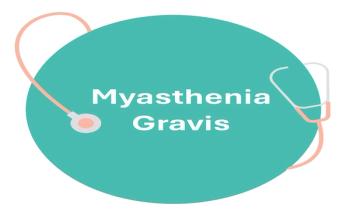
Zilucoplan (Zilbrysq; UCB) is a once-daily subcutaneous C5 complement inhibitor that has demonstrated long-term treatment benefits in patients who have acetylcholine receptor antibody–positive generalized myasthenia gravis (gMG).

Combining FRAX and MG-ADL assessments enhances fracture risk prediction in patients with myasthenia gravis (MG), guiding targeted interventions for better outcomes.
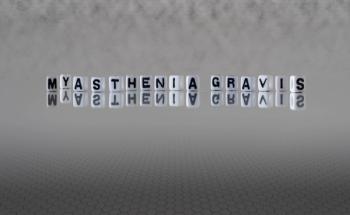
New research reveals light sensitivity significantly impacts quality of life in myasthenia gravis patients, highlighting the need for targeted treatment strategies.
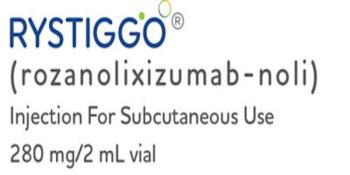
The approval marks the second international approval for rozanolixizumab (Rystiggo; UCB Pharma) for generalized myasthenia gravis (gMG), behind the February EU approval of 2 self-administration approvals for the neonatal Fc receptor monoclonal antibody: an infusion pump and manual push with a syringe.

Nipocalimab (Imaavy; Johnson & Johnson), an FcRn-blocking monoclonal antibody, was approved for patients 12 years and older with generalized myasthenia gravis based on data from the ongoing Vivacity-MG3 study.

Research presented at the recent annual meeting of the Academy of Managed Care Pharmacy highlights outcomes among patients who have anti-acetylcholine receptor antibody-positive myasthenia gravis that include reduced exacerbations and need for immunoglobulin.

Patient-reported outcomes measures in generalized myasthenia gravis (gMG) are more important than ever, for both those treating and being treated for the chronic autoimmune neuromuscular disorder, to have a more nuanced understanding of experiences and difficulties.

These are data to week 26 on the monoclonal antibody and antineoplastic agent; data out to week 52 of the MINT trial will be presented in a late-breaking oral session at the upcoming American Academy of Neurology Annual Meeting.
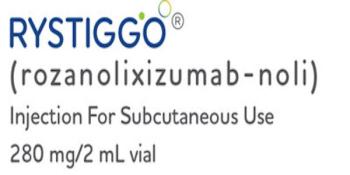
Rozanolixizumab is a high-affinity humanized immunoglobulin G4 monoclonal antibody and Fc receptor blocker approved to treat anti–acetylcholine receptor– and anti–muscle-specific kinase–positive generalized myasthenia gravis (gMG) in adult patients; administration is subcutaneous and takes approximately 15 minutes.

The FDA first approved eculizumab for use in adult patients with generalized myasthenia gravis in 2017, before expanding the indication to include pediatric patients who are 6 years or older and positive for antiacetylcholine receptor antibodies.

Myasthenia gravis is a neuromuscular junction disorder with a hallmark of progressive muscle weakness and frequent manifestation of otolaryngologic dysfunction, such as difficulty swallowing and speech disorder.

Myasthenia gravis is becoming increasingly common around the world, with a resulting disease burden beset by high health care resource utilization, decreased quality of life, and worsened mental health.
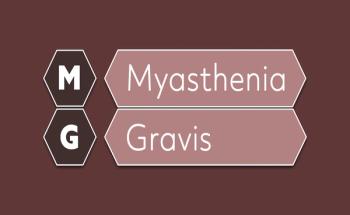
With 2 new self-administration methods, patients living with generalized myasthenia gravis can be more empowered to manage their treatment with greater independence and control.
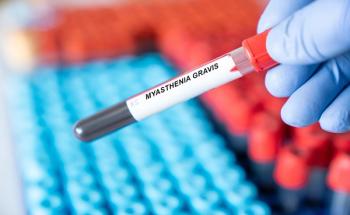
Anti-acetylcholine receptor antibody (AChR-Ab) titers and the AChR-Ab rates of change correlated with myasthenia gravis disease severity scores in a recent study.

Sugammadex (Bridion; Merck) is a small-molecule oligosaccharide, also known as a modified gamma cyclodextin, that was approved by the FDA in 2015 to reverse the anesthesia-induced neuromuscular blockade from rocuronium bromide or vecuronium bromide.

For this study, outcomes were compared between 2 groups of patients with myasthenia gravis: those who developed exacerbations and those who did not experience exacerbations.
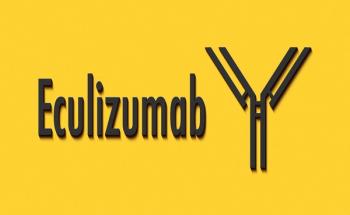
Across 5 research centers, investigators evaluated the impact of eculizumab on thymoma-associated myasthenia gravis, a severe disease subtype.

Respiratory patterns and submental surface electromyography may be a reliable indicator of dysphagia among patients with myasthenia gravis.

Patients with generalized myasthenia gravis experienced durable improvements across measures of efficacy and regardless of the time since they were diagnosed.
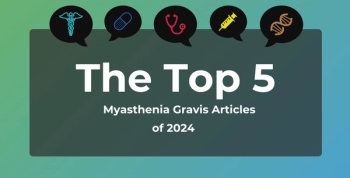
Review the most impactful news about myasthenia gravis (MG) in 2024.

Finding similar frequencies of positive acetylcholine receptor antibodies in patients with ocular and generalized myasthenia gravis (MG), a Danish research team posits that ocular disease is most likely a more moderate form of generalized MG—not a fully separate condition.
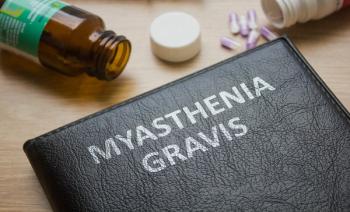
Across treatments, rozanolixizumab and batoclimab were most effective, though rozanolixizumab carried increased risk of adverse events (AEs) and serious AEs.

Myasthenia Gravis Foundation of America (MGFA) class correlates with activities of daily living and other clinical characteristics on a group level, but individual variability is significant between patients of the same MGFA class.










































